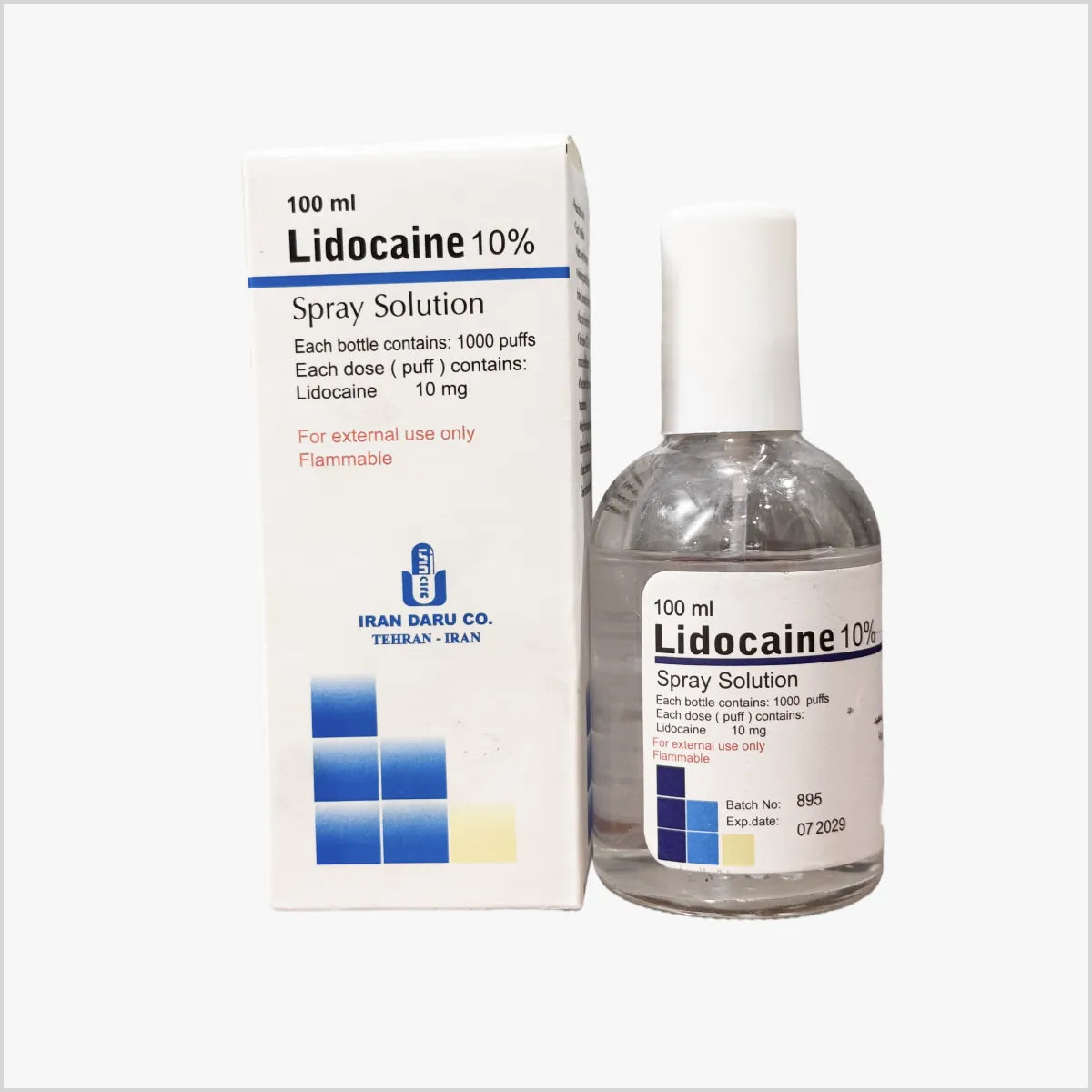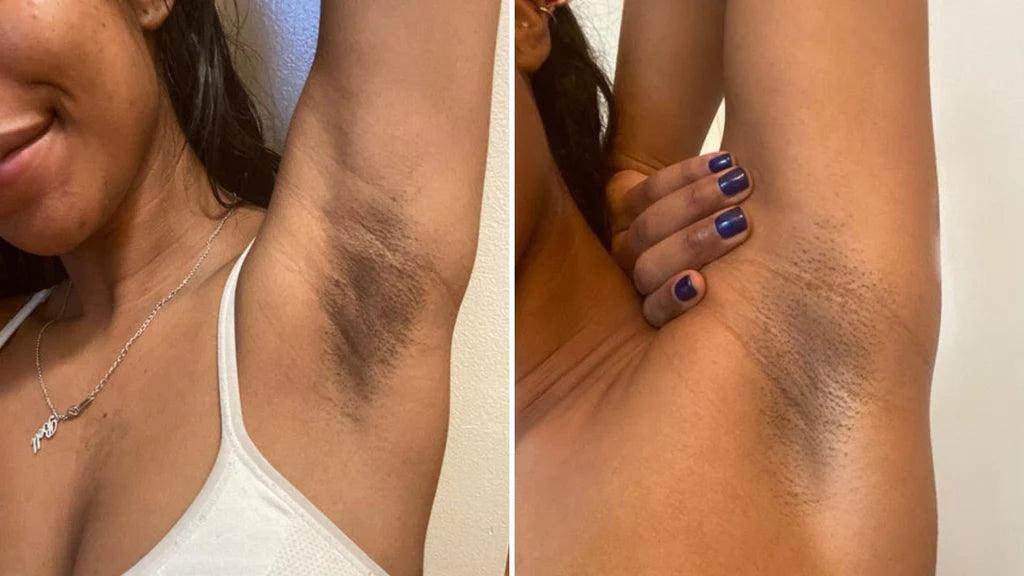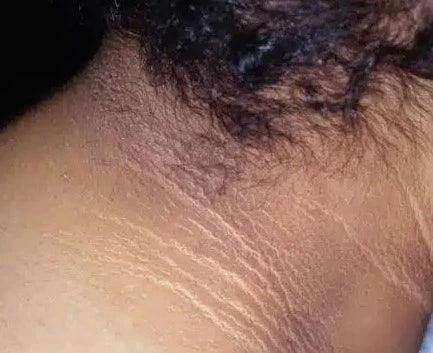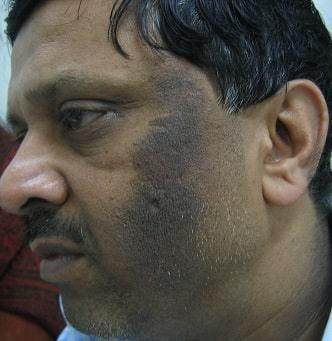🟢 Open: Monday to Saturday 2 to 8 PM. Location: House 59A, Block C1, Gulberg 3, Lahore.
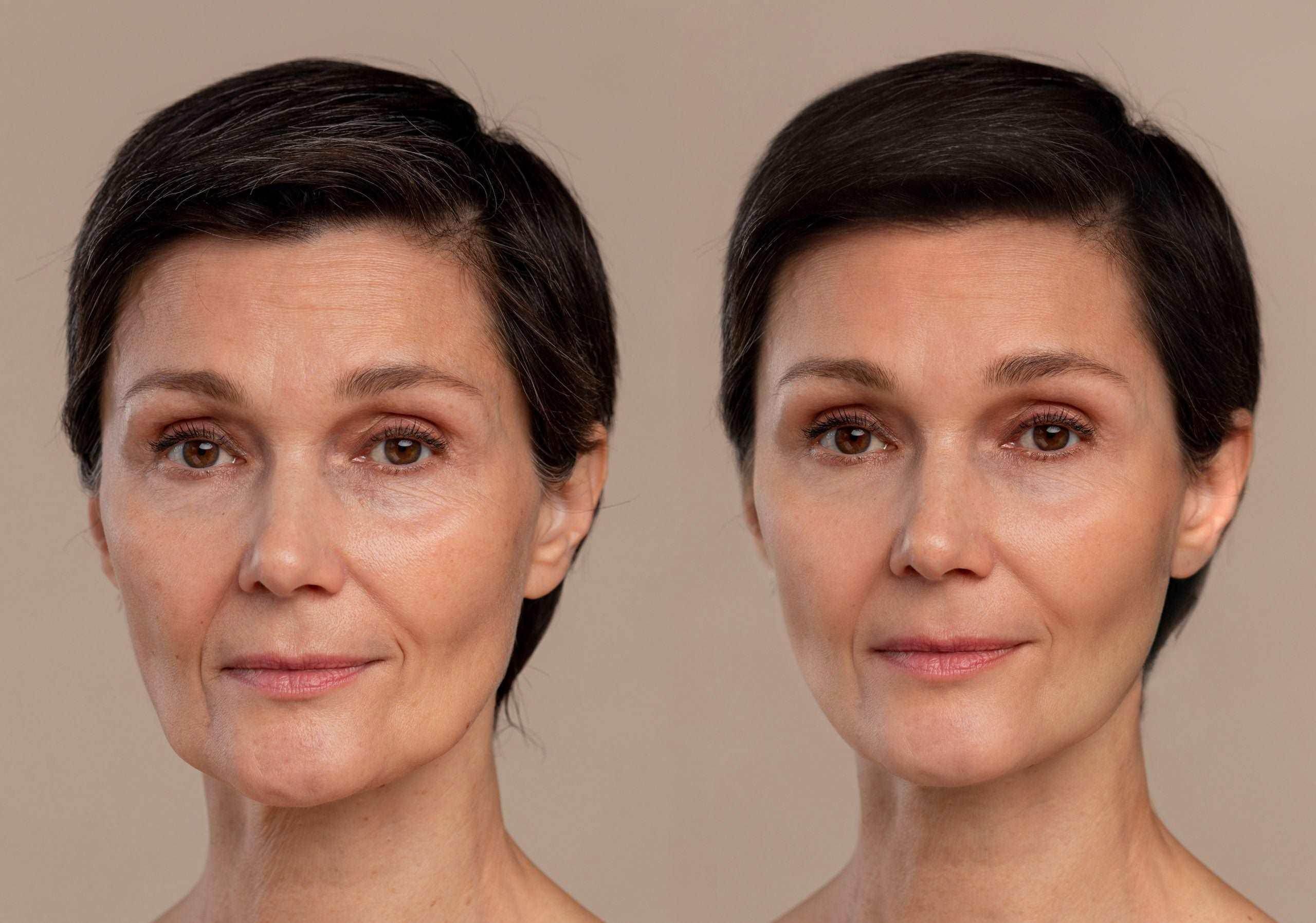
Exosome Therapy for Hair Regeneration
Painless, No Side Effects, Best & Natural-Looking Results on USA machines that are FDA & CE approved. Using patient focused AI approach.
Final prices are upon physical examination. Terms & Conditions Apply.
Only place one order per procedure. Multiple orders required for multiple procedures.
You must acknowledge that you have eaten within the last three hours to avoid low sugar and drank at least 500 ml of water in the past hour to avoid low BP.
Pickup currently not available
You may also like
In recent years, regenerative medicine has gained significant attention for its potential to revolutionize skincare and hair restoration. One promising avenue within this field is exosome therapy, which utilizes tiny extracellular vesicles to deliver therapeutic cargo to target cells. Exosomes play a crucial role in cell-to-cell communication and have shown remarkable potential for skin and hair regeneration. This article explores the evidence supporting exosome therapy's efficacy in promoting skin rejuvenation and hair growth.
Exosomes: A Cellular Communication Marvel: Exosomes are small lipid bilayer vesicles secreted by various cell types, containing proteins, lipids, and genetic material such as microRNAs. These vesicles facilitate intercellular communication by transferring their cargo to recipient cells, influencing cellular functions and behaviors. Exosomes have garnered attention for their role in tissue repair, regeneration, and wound healing.
Exosome Therapy in Skin Regeneration: Numerous studies have demonstrated the potential of exosome therapy in promoting skin regeneration. Exosomes derived from stem cells, such as mesenchymal stem cells (MSCs), have been shown to enhance collagen production, accelerate wound healing, and mitigate inflammation. A study by Zhang et al. (2018) revealed that MSC-derived exosomes improved skin texture and thickness in a murine model of photoaged skin. The exosomes achieved this by stimulating fibroblast activity and collagen synthesis.
Hair Restoration with Exosome Therapy: Exosome therapy also holds promise for hair restoration. Hair follicle regeneration involves complex signaling pathways and interactions between different cell types. Exosomes, with their ability to transport growth factors and signaling molecules, have been investigated for their potential in inducing hair growth. In a study published in "Cell Transplantation" by Choi et al. (2020), researchers demonstrated that exosomes derived from adipose-derived stem cells promoted hair growth in mice by prolonging the anagen (growth) phase of the hair cycle and stimulating the proliferation of hair follicle cells.
Safety and Non-Invasiveness: Exosome therapy offers a safe and minimally invasive approach to skin and hair rejuvenation. Traditional treatments for skin aging and hair loss often involve surgical procedures or pharmaceutical interventions with potential side effects. Exosome therapy, on the other hand, harnesses the body's natural mechanisms and avoids many of the risks associated with invasive treatments.
Challenges and Future Directions: While exosome therapy shows great promise, several challenges remain. Standardization of isolation and purification methods for exosomes is essential to ensure consistent quality and efficacy. Additionally, understanding the optimal source of exosomes, whether from stem cells or other cell types, requires further investigation. Regulatory considerations also play a role in the clinical translation of exosome therapy.
Conclusion: Exosome therapy presents a cutting-edge approach to skin and hair regeneration, harnessing the potent communication abilities of extracellular vesicles. The evidence suggests that exosomes derived from various cell sources can promote skin rejuvenation by enhancing collagen synthesis and wound healing. Similarly, these tiny messengers have shown the potential to stimulate hair growth by influencing hair follicle cell behavior and extending the growth phase of the hair cycle. With its non-invasiveness and promising results, exosome therapy could revolutionize the field of regenerative skincare and hair restoration.
References:
-
Zhang J, Liu X, Li H, Chen C, Hu B, Niu X, Li Q, Zhao B, Xie Z, Wang Y. (2018). Exosomes/tricalcium phosphate combination scaffolds can enhance bone regeneration by activating the PI3K/Akt signaling pathway. Stem Cell Research & Therapy, 9(1), 281.
-
Choi N, Kim JH, An HS, Shin HS, Kim JM, Lee SH, Kim SE, Choi SJ, Kim BJ, Shin S. (2020). Exosomes from adipose-derived stem cells promote hair regeneration by inducing angiogenesis and inhibiting apoptosis. Tissue Engineering Part A, 26(11-12), 768-776.
-
Rajendran RL, Gangadaran P, Bak SS, Oh JM, Kalimuthu S, Lee HW, Baek SH, Zhu L, Sung YK, Jeong SY, Lee SW, Lee J, Ahn BC. (2016). Extracellular vesicles derived from MSCs activates dermal papilla cell in vitro and promotes hair follicle conversion from telogen to anagen in mice. Scientific Reports, 6, 1-17.


